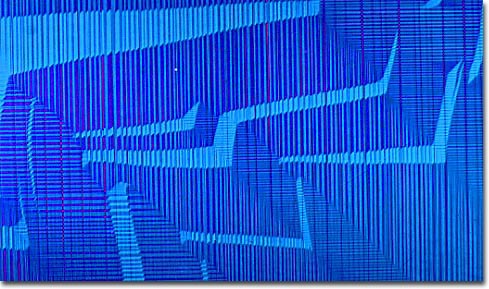|
The ceramic known as Y123 is one of the most thoroughly studied superconducting materials. This and other high-temperature superconductors cannot not be utilized alone, however, but rather require a substrate to provide a properly lattice-matched crystal matrix to align the superconductor grains in a homogeneous orientation. Indeed, the potential applications for Y123 heavily depend upon the ability to produce the superconductor in various forms, such as thick films, thin films, and bulk material, while maintaining high critical current densities. Included among the substrates that have been researched for their suitability to construct these various superconducting materials are metallic substances, oxides, and ceramics, such as lanthanum aluminate. Some of the uses that Y123 films have been shown to be well suited for when they are only a few micrometers thick include antennas and microwave filters utilized in the telecommunications fields.
|
